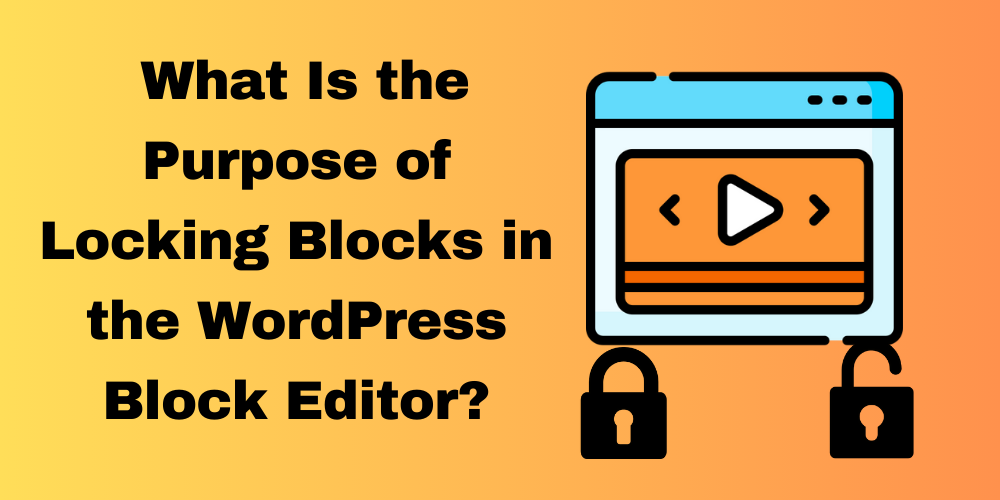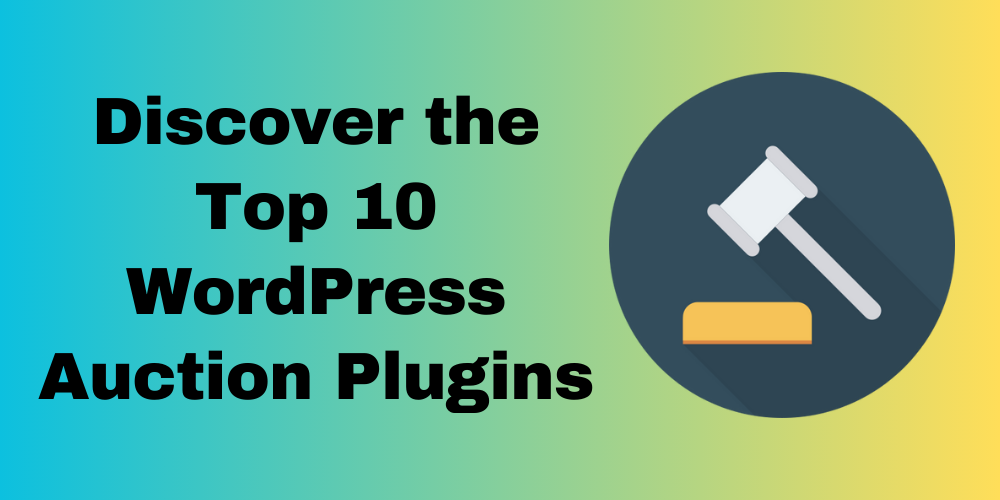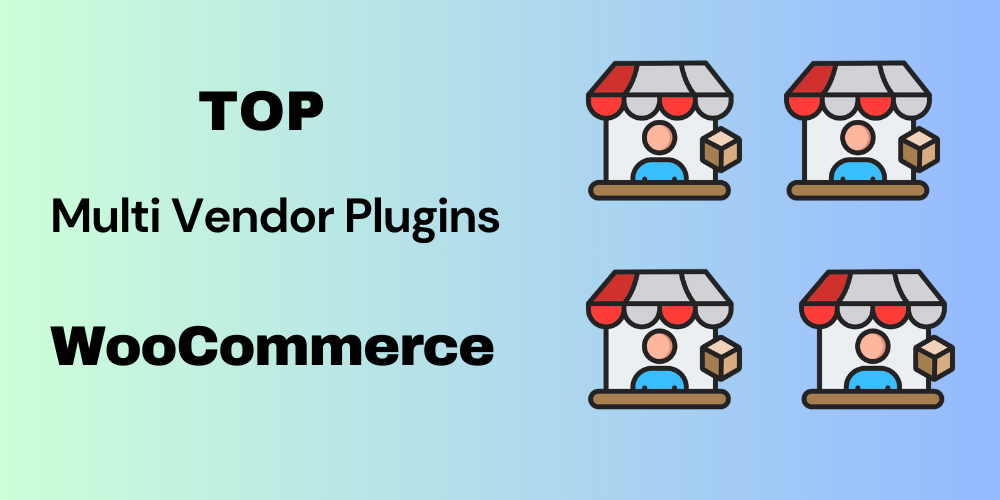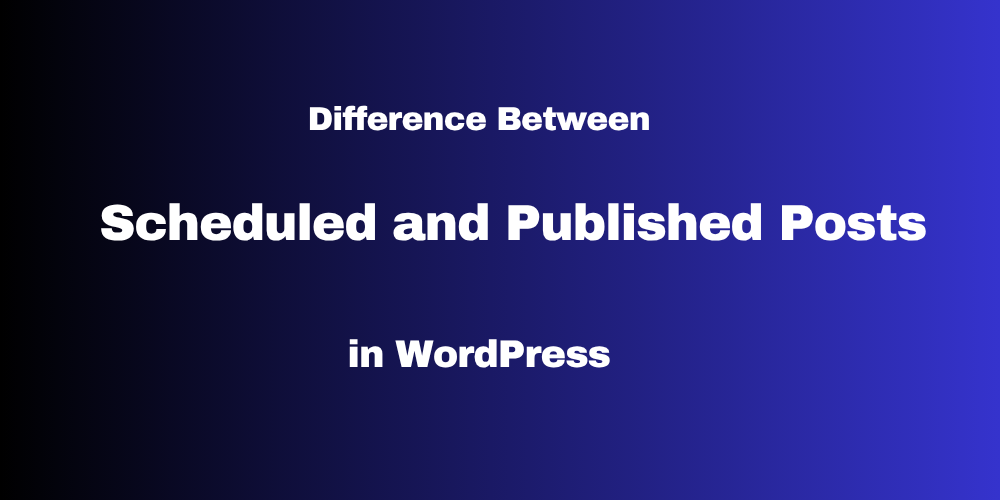Table of Contents Overview Ultimate Auction Pro Auctions Made Easy for WooCommerce Auctions for WooCommerce…
What Is the Purpose of Locking Blocks in the WordPress Block Editor?

Table of Contents
- What Is Block Locking?
- Why Should You Lock Blocks?
- How to Lock Blocks in WordPress
- When Should You Use Block Locking?
- Advantages and Disadvantages of Block Locking
- Tips for Effective Block Locking
- FAQ
Overview
The WordPress Block Editor, also known as Gutenberg, gives users the freedom to create content. But sometimes, too much flexibility can cause problems, especially when many people are editing the same page. This is where locking blocks comes in handy. It helps keep your design safe and prevents mistakes. In this post, we will explain why locking blocks is important, how to use it, and its pros and cons.
What Is Block Locking?
Block locking is a feature in WordPress that stops certain blocks from being moved or edited. It’s especially useful when you want to protect your design or prevent accidental changes. For example, if you are working in a team, locking blocks ensures everyone sticks to the original layout.
Why Should You Lock Blocks?
1. Keep Your Design Consistent
Locking blocks ensures that your page layout stays the same. This is helpful when different people are editing the content.
2. Avoid Mistakes
When blocks are locked, no one can accidentally change important parts of the design. This saves time because you won’t need to fix errors later.
3. Make Teamwork Easier
In team projects, locking blocks makes it clear which parts of the page can be edited. This helps avoid confusion and makes collaboration smoother.
How to Lock Blocks in WordPress
It is easy to lock blocks in WordPress. Follow these steps:
- Open the Block Editor
First, go to the post or page you want to edit. - Select the Block
Next, click on the block you want to lock. - Find the Settings Panel
On the right-hand side, look for the block settings. - Choose the Lock Option
Under the “Block” tab, you will see the lock option. You can choose to stop the block from being moved, edited, or both. - Save Your Changes
Finally, click “Save” or “Update” to apply the lock.
When Should You Use Block Locking?
There are specific times when locking blocks is a smart idea:
- Team Projects
If multiple people are working on the same page, locking blocks ensures no one changes the important parts. - Reusable Templates
When using templates, locking blocks keeps the design consistent for all pages. - Client Websites
If you’re building a website for a client, locking blocks protects key sections like headers, footers, or branding. - Complex Layouts
On pages with a detailed design, locking blocks prevents the layout from being accidentally disrupted.
Advantages and Disadvantages of Block Locking
Here’s a quick look at the pros and cons of block locking:
| Advantages | Disadvantages |
|---|---|
| Keeps Your Design Safe | Limits Flexibility |
| Stops others from accidentally changing the layout. | Too many locked blocks can make editing harder. |
| Prevents Mistakes | Can Cause Confusion |
| Protects important blocks from being edited by mistake. | Team members might not understand why blocks are locked. |
| Helps Teams Work Better | Needs Regular Updates |
| Makes teamwork easier by showing which parts can be edited. | You may need to unlock blocks as the content changes. |
| Protects Important Parts | Takes Time to Learn |
| Blocks like headers and footers stay safe. | New users might find locking and unlocking blocks confusing. |
Tips for Using Block Locking
To use block locking effectively, keep these tips in mind:
- Lock Only What’s Necessary
Don’t lock everything. Just focus on the blocks that are most important to your layout. - Communicate with Your Team
Make sure your team knows which blocks are locked and why. This avoids confusion. - Review Regularly
Over time, your content may change. Check your locked blocks to see if they still need to stay locked.
FAQ
What does it mean to lock blocks in WordPress?
Locking blocks in WordPress means preventing specific blocks from being moved or edited. This feature helps maintain the layout and design of your content.
Why should I lock blocks in my WordPress posts?
Locking blocks helps maintain design integrity, prevents accidental changes, and enhances collaboration among team members working on the same content.
How do I lock blocks in the WordPress block editor?
To lock blocks, select the block you want to lock, access the block settings in the right sidebar, and choose the lock option under the “Block” tab. Don’t forget to save your changes!
Can I unlock blocks later?
Yes, you can unlock blocks at any time by following the same steps you used to lock them. Just uncheck the lock options and save your changes.







This Post Has 0 Comments